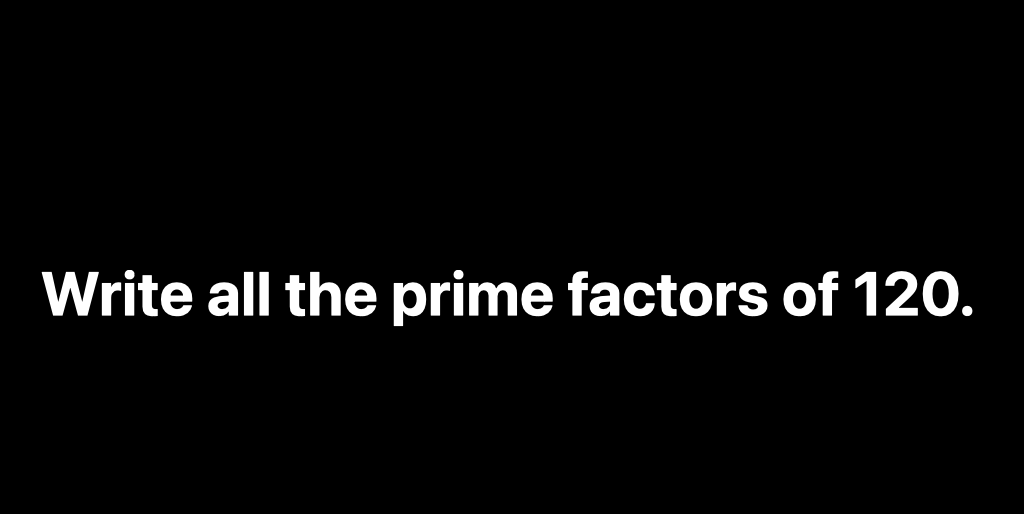The other day I heard a young high school student ask his mother for a calculator. When asked why, he responded that he needed it to do a basic division problem. His mother rolled her eyes and told him that he could do that with a pencil and paper.
I agreed with her assessment of the situation, yet I couldn’t help but sympathize with the student. I probably would have been prone to doing the same thing, particularly as arithmetic has never been my cup of tea.
Perhaps it is for that reason that I’ve always admired the passage in Little Town on the Prairie where Laura Ingalls completes a division problem in front of the school exhibition audience without pencil, paper, or (obviously) calculator:
“Mental arithmetic was even harder. Laura disliked arithmetic. Her heart beat desperately when her turn came and she was sure she would fail. She stood amazed, hearing her voice going glibly through problems in short division. ‘Divide 347,264 by 16. Sixteen into 34 goes twice, put down 2 and carry 2; sixteen into 27 goes once, put down 1 and carry 11; sixteen into 112 goes seven times, put down 7 and carry naught; sixteen into 6 does not go, put down naught; sixteen into 64 goes 4 times, put down 4. Three hundred and forty-seven thousand, two hundred and sixty-four divided by sixteen equals – twenty-one thousand, seven hundred and four.’
She need not multiply back to make sure the answer was right. She knew it was right because Mr. Owen set another problem.”
Laura’s experience, it seems, was not unique. In fact, mental arithmetic was a regular part of the school curriculum in the earlier years of our nation’s public schools, a fact demonstrated by the eighth grade mental arithmetic exam from 1922 embedded at the bottom of this article.
So why is it that mental arithmetic used to be a breeze for students like Laura, but such a chore for today’s students?
The answer to that is hinted at by former New York teacher of the year John Taylor Gatto. According to Gatto, schools stifle freedom and ambition in their students, and thereby subject them to ever lower expectations:
“If you put fleas in a shallow container they jump out. But if you put a lid on the container for just a short time, they hit the lid trying to escape and learn quickly not to jump so high. They give up their quest for freedom. After the lid is removed, the fleas remain imprisoned by their own self-policing. So it is with life. Most of us let our own fears or the impositions of others imprison us in a world of low expectations.”
Are we conditioning students to be average? If we challenged them to aim higher and work harder, would their brains be ever more ready to perform rigorous tasks such as the mental arithmetic questions in the quiz above?
Can You Pass This 8th Grade Mental Arithmetic Exam from 1922?
In 1922, 8th graders in Nebraska were given the following mental arithmetic test as a final exam. Students were given 2 minutes to complete each question and were only allowed to use paper and pencil to record their answers. Are you able to pass the exam by doing the same? Answers below.
Question 1: A man spends 25% of his annual income of $1600 for rent. How much rent does he pay?
Question 2: Give the cost of the berries in a dozen qt. cans when 1 1/2 qts. of fresh berries @10c per qt. are required for 1 qt. of canned berries.
Question 3: After giving away 33 1/3% of her cherries, Ruth had 20 left. (a) How many had she at first? (b) How many did she give away?
Question 4: If a street is a mile long and 60 ft. wide, how many miles must a watering cart travel to sprinkle it, if the cart sprinkles 15 ft. wide?
Question 5: What is the interest on $484 for 2 mo. @ 6%?
Question 6: A roller is 22 ft. in circumference and 9 ft. long. How many sq. ft. of ground does it roll in one revolution?
Question 7: If a boy walks 2 1/3 miles in 35 minutes, how many miles will he walk in an hour, at the same rate?
Question 8: A room is 3 ft. 8 in. longer than it is wide. It is 17 ft. long. How wide is it?
Question 9: Write all the prime factors of 120.
Question 10: What is the total number of days in the first three months of the present year?
Answers:
1. $400.00
2. $1.80
3. (a) 30 (b) 10
4. 4 miles
5. $4.84
6. 198 Sq. Ft.
7. 4 miles
8. 13 Ft. 4 In.
9. 1, 2, 3, and 5
10. 90
Creative Commons Attribution-ShareAlike 4.0 International License. Original here.
and 1912?

